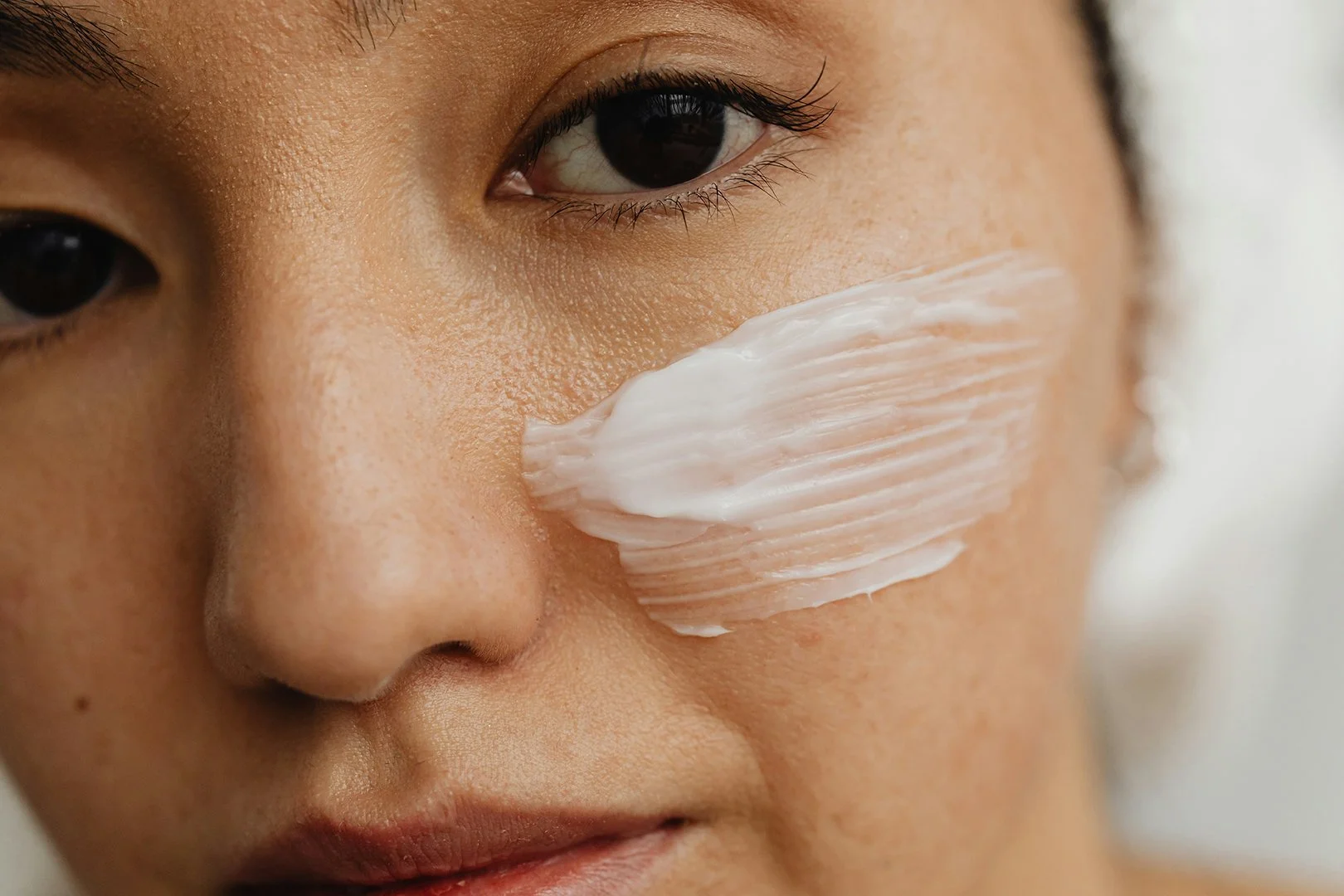Have you ever wondered about what’s in your skincare? Given the sheer number of skincare products available, it’s easy to feel confused and overwhelmed. On top of that, having to comb through long lists of difficult-to-pronounce ingredients hardly makes things clearer.
Skincare is an investment. Arming yourself with the knowledge to make the right decisions for your needs is essential to getting the most out of the time, money, and energy you spend. Recognizing which ingredients do what takes time and practice, but it’s worth learning to ensure you’re buying products that work.
If you’re looking to feel more confident about what you’re putting on your skin, check out this list of common skincare ingredients.
AHAs: Alpha-hydroxy acids (AHAs) are a type of non-abrasive, chemical exfoliant. Derived from sugarcane or other plant sources, alpha-hydroxy acids exfoliate the skin, loosening dead skin cells and stimulating collagen production. AHAs can lessen the appearance of fine lines and wrinkles, reduce hyperpigmentation, and prevent acne.
BHAs: Beta-hydroxy acids (BHAs) are mild chemical exfoliants that easily penetrate the skin to unclog pores and clear breakouts. BHAs work well on sensitive skin and help calm redness and other minor irritations, while offering some of the benefits of alpha-hydroxy acids: acne prevention, reduced hyperpigmentation, and lessening the appearance of fine lines and wrinkles.
Ceramides: Ceramides are fats found in skin cells, making up 30% to 40% of the outer skin layer. When added to skincare products, ceramides moisturize the skin and help protect the skin’s natural barrier.
Glycerin: Glycerin is a humectant, a moisturizing agent that pulls water from the air into the outer layer of skin, hydrating and strengthening the skin’s barrier, while protecting against irritants.
Glycolic Acid: Glycolic acid is an alpha-hydroxy acid (AHA) derived from sugarcane. Used to combat acne, fade discoloration, and reduce fine lines and wrinkles, it may also help reverse sun damage.
Hyaluronic Acid: With the ability to hold one thousand times its weight in water, hyaluronic acid (HA) heals, moisturizes – and helps retain moisture – while boosting skin elasticity.
Lactic Acid: Lactic acid is an alpha-hydroxy acid (AHA) derived from milk. In most over-the-counter skincare products, lactic acid is used to exfoliate, minimize the appearance of wrinkles, and reduce discoloration.
Niacinamide: Niacinamide is a type of Vitamin B3. It is known to boost hydration, calm redness, reduce dark spots, and minimize the appearance of fine lines and wrinkles.
Peptides: Peptides are amino acids that make up certain proteins the skin needs. Peptides help reduce inflammation, even out skin tone, and reduce the appearance of wrinkles.
Retinol: Retinol is a potent form of Vitamin A. When used in skincare, retinol increases cell production, neutralizes free radicals, and boosts collagen and elastin production. Retinol has powerful anti-aging benefits and can also be used to treat acne.
While approved by the FDA, retinol can cause side effects such as redness, itching, swelling, peeling, and sensitivity to sunlight. For better sun safety, use retinol products at night and always wear sunscreen during the day.
Salicylic Acid: Salicylic acid is a beta-hydroxy acid (BHA) known to be beneficial for oily or acne-prone skin. It works by exfoliating the skin and keeping pores clear. Salicylic acid works best for mild acne and can help prevent future breakouts.
Vitamin C: Vitamin C is an antioxidant, making it a powerful weapon against free radical damage on the skin. When used topically, vitamin C can help reduce wrinkles and improve skin texture. It can also provide sun protection when used in tandem with broad-spectrum sunscreen, while helping lessen the appearance of sun damage.
Note: For more information regarding the safety of these ingredients, visit these links:
United States: Food and Drug Administration
United Kingdom: Medicines and Healthcare Products Regulatory Agency
Europe: European Medicines Agency
Australia: Therapeutic Goods Administration
Related:
Want to know more? Be sure to visit the Glossary.
